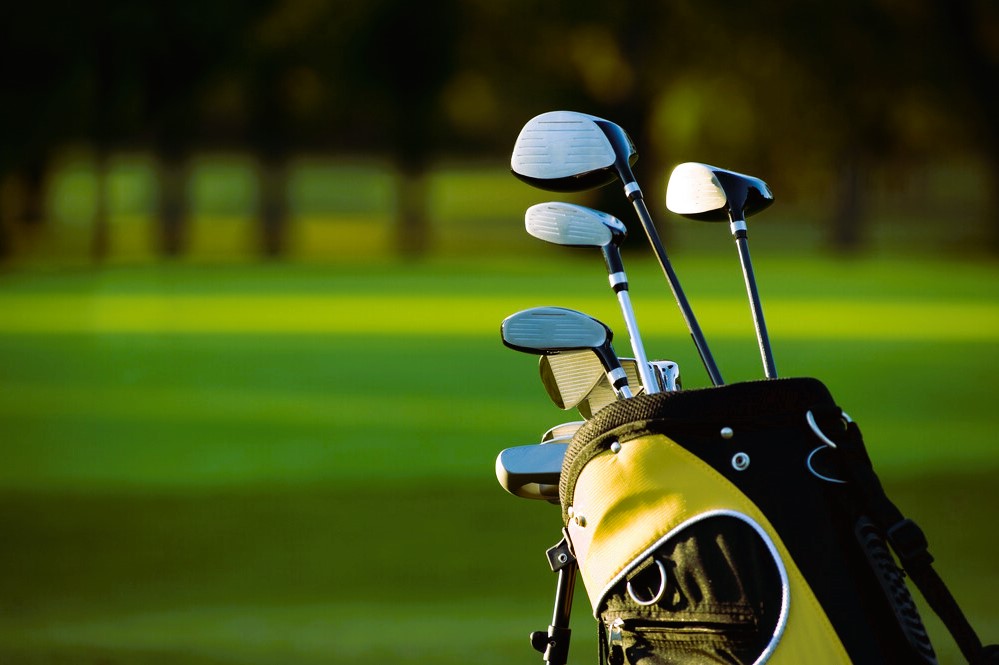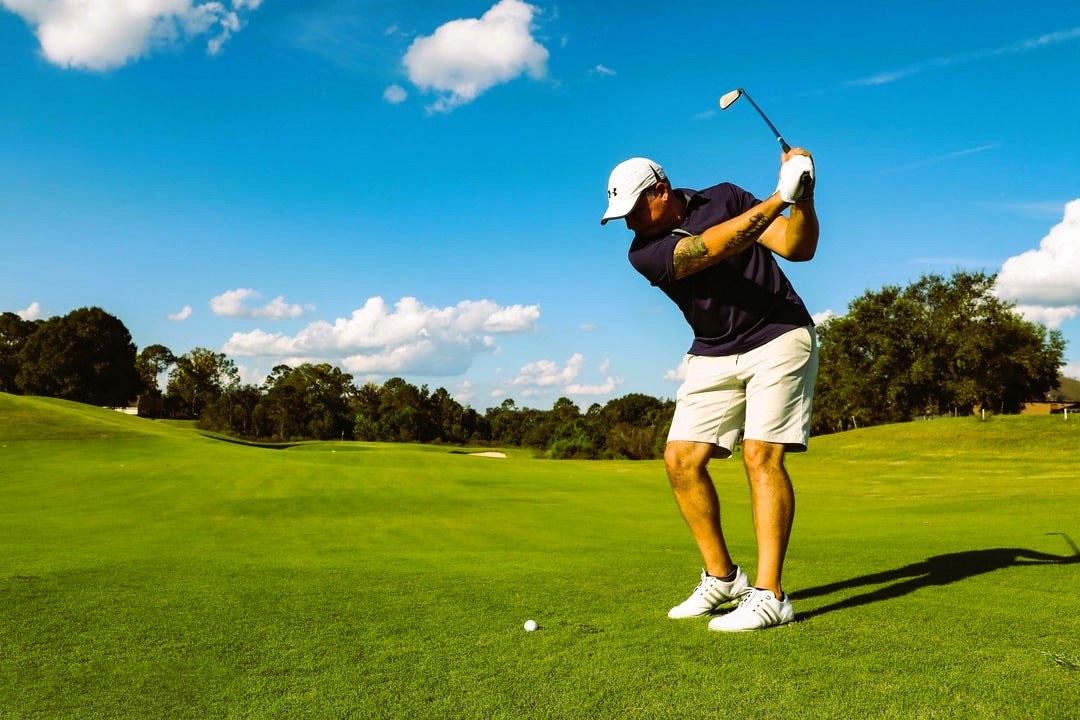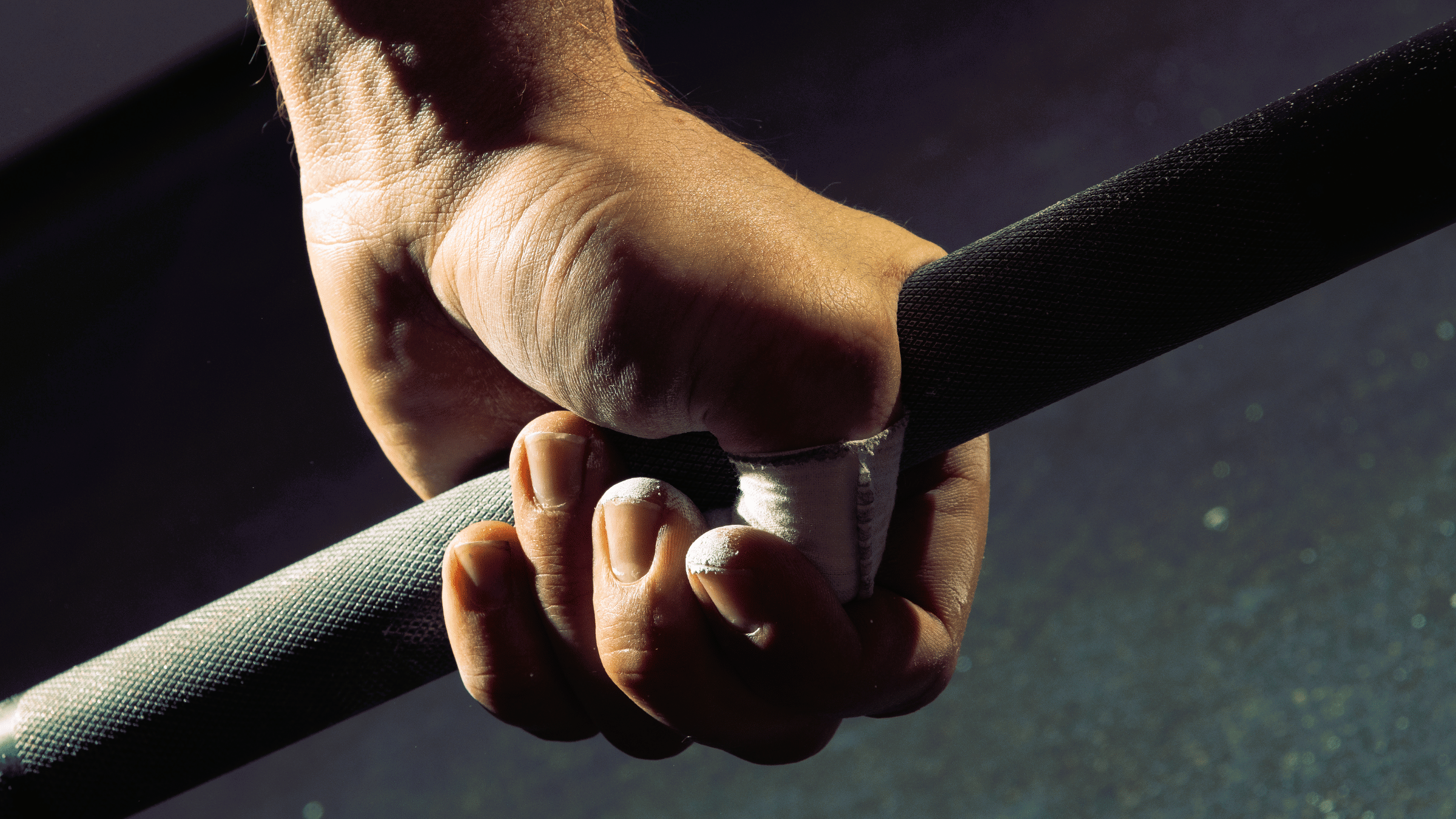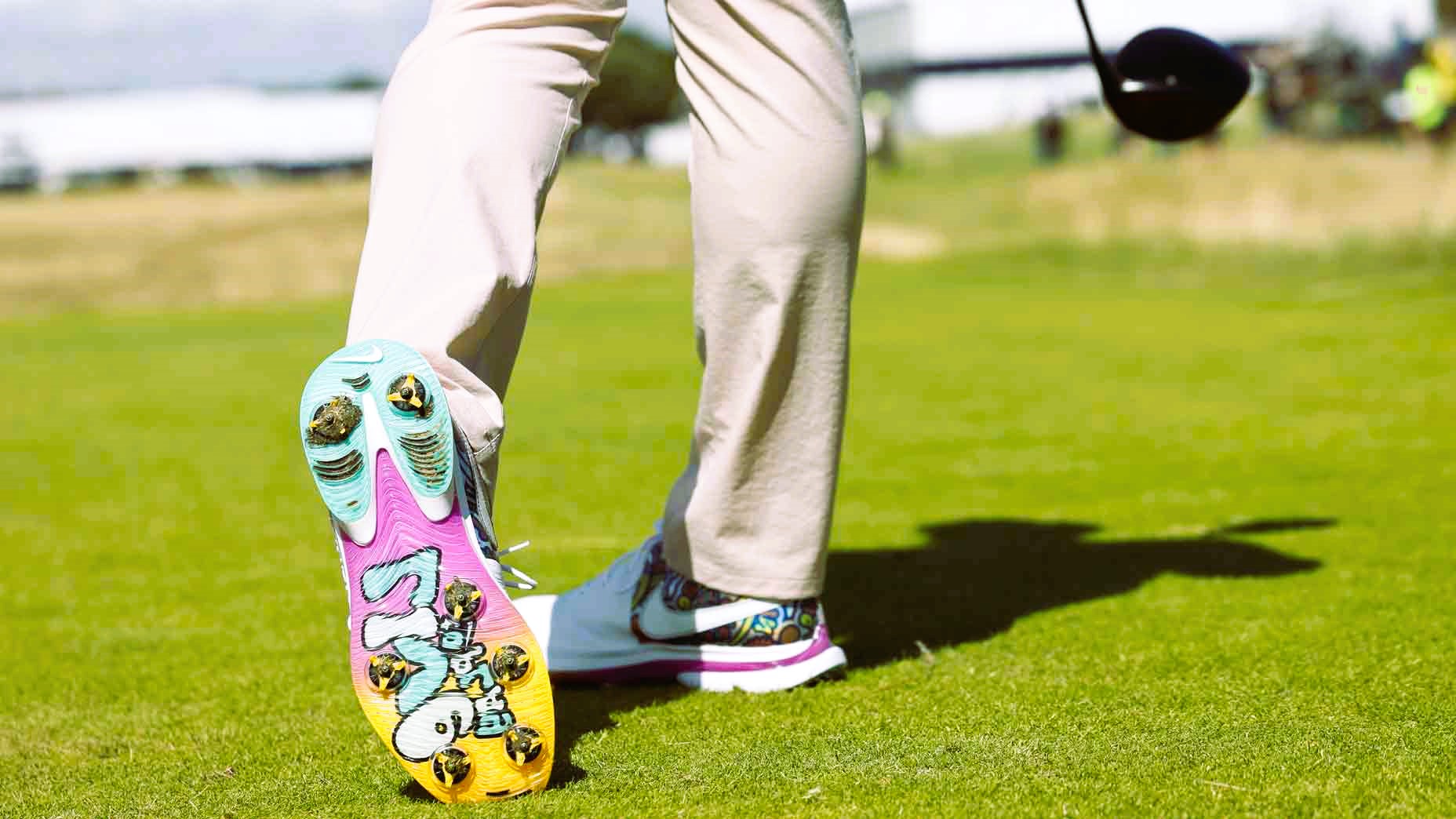Selecting the right golf equipment, particularly clubs, is crucial for optimizing your performance on the course. With a wide array of options available, from drivers to putters, choosing the perfect clubs for your game can seem like a daunting task. In this article, we’ll explore key factors to consider when selecting golf clubs and provide insights to help you make informed decisions.
Understanding Your Skill Level
Before diving into the specifics of club selection, it’s essential to assess your skill level and playing style. Are you a beginner just getting started in the game, or are you a seasoned player looking to fine-tune your equipment? Understanding your skill level will help guide your club selection process and ensure you choose clubs that match your needs and abilities.
Types of Golf Clubs
Golf clubs can be broadly categorized into four main types: woods, irons, wedges, and putters. Each type serves a distinct purpose and offers unique characteristics designed to optimize performance in different situations.
- Woods: Woods, including drivers and fairway woods, are typically used for long-distance shots off the tee or from the fairway. They feature larger clubheads and longer shafts, making them ideal for generating maximum distance and power.
- Irons: Irons are versatile clubs used for a variety of shots, including approach shots, shots from the rough, and shots around the green. They feature smaller clubheads and shorter shafts than woods, providing greater control and precision.
- Wedges: Wedges, such as pitching wedges, sand wedges, and lob wedges, are designed for short-distance shots and specialized shots around the green, such as bunker shots and flop shots. They feature high lofts and specialized sole designs to facilitate high, soft landings.
- Putters: Putters are used exclusively on the putting green to roll the ball into the hole. They come in various shapes and designs, including blade putters, mallet putters, and counterbalanced putters, each offering different alignment aids and feel characteristics.
Factors to Consider
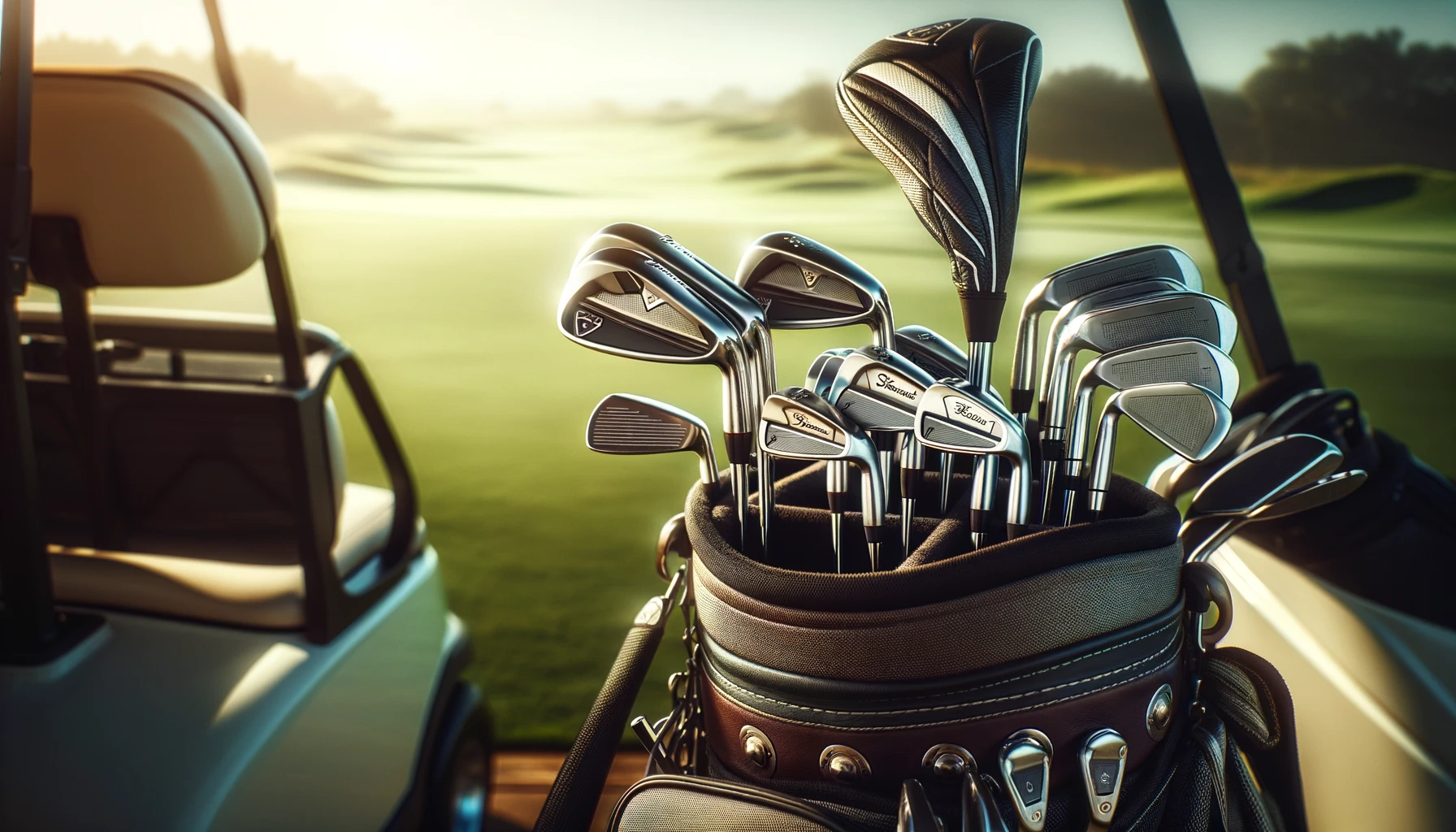
When choosing golf clubs, several factors should be taken into account to ensure they are well-suited to your game:
- Clubhead Design: Consider the size, shape, and material of the clubhead, as well as the club’s forgiveness and playability characteristics. Larger clubheads offer more forgiveness on off-center hits, while smaller clubheads provide greater workability and control.
- Shaft Flex and Material: The flex and material of the shaft can significantly impact the club’s feel, trajectory, and distance. Choose a shaft flex that matches your swing speed and tempo, and consider the material (e.g., steel or graphite) based on your preferences for weight and responsiveness. Did you like the article? Read also about The Role of Fitness in Golf.
- Grip Size and Material: The grip is your only point of contact with the club, so it’s essential to choose a grip size and material that provide comfort, traction, and control. Experiment with different grip sizes and materials to find what feels best for your hands and playing style.
- Custom Fitting: Consider undergoing a custom club fitting to ensure your clubs are properly matched to your physical attributes, swing characteristics, and performance goals. A professional club fitter can analyze your swing dynamics and recommend clubs that optimize distance, accuracy, and consistency.
Conclusion
Choosing the right golf equipment, particularly clubs, is essential for maximizing your performance and enjoyment on the course. By understanding your skill level, familiarizing yourself with the types of clubs available, considering key factors such as clubhead design, shaft flex, grip size, and undergoing a custom club fitting, you can find the perfect clubs for your game and take your golfing experience to new heights.
For further reading on golf equipment and club selection, visit Wikipedia’s Golf Equipment page for comprehensive information on the various types of golf clubs, their characteristics, and their role in the game of golf.

